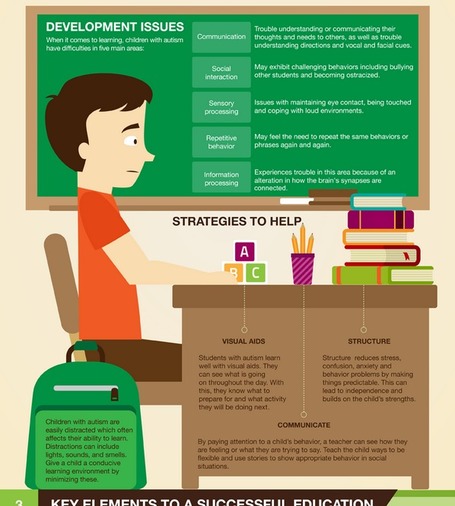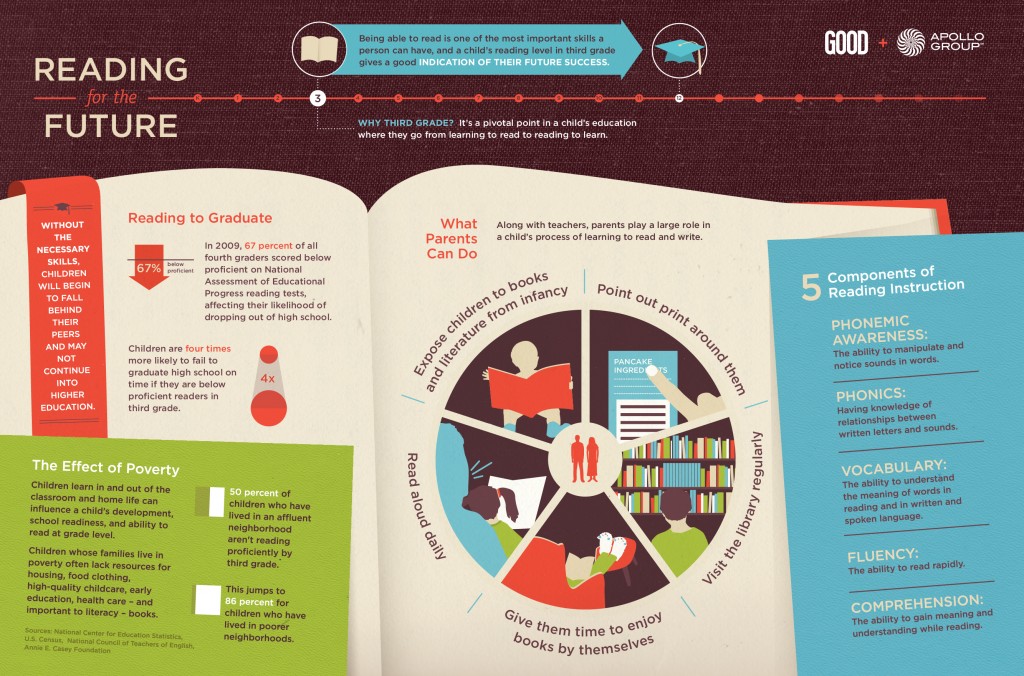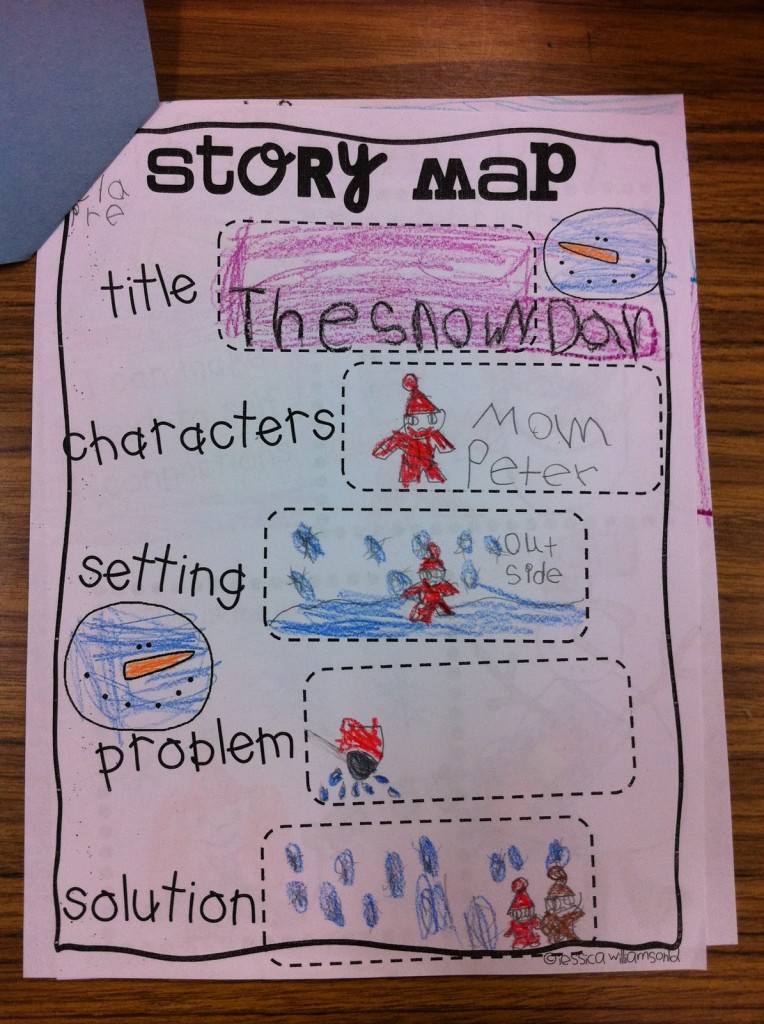Help for Hyperlexia: Great Reading Tips for Children with Autism
As a speech and language pathologist, it might seem that speech therapy is important for only spoken language (saying the words, making the sounds, putting words together) however, written language is an essential component of language development as well. I’m often asked how children with Autism can read so well, but understand so poorly. Often, children with Autism exhibit reading skills called “Hyperlexia” – fluent decoding and reading but trouble understanding what they’ve just read. It’s not hard to see why this can create a host of challenges for successful participation in school-particularly language arts.
Characteristics of Hyperlexia:
-It occurs in the developmentally disabled population
-It is expressed before the age of 5 years
-The individual typically teaches him/herself to read
-Reading is ritualistic and compulsive
-The ability to read words surpasses intellectual expectations
Children with hyperlexia often focus on text at a young age, initially on letters and then whole words. They also have difficulties with conversational speech, exhibit echolalia, pronoun reversals, idiosyncratic use of words or phrases, and delays in using single words. What can make text particularly challenging for students with Autism is understanding the differences between facts, inferences and emotional states in the text. Knowing how the character feels and their motivation can be particularly challenging for students on the Autism Spectrum – who traditionally benefit from specific social skills therapy. Further, these learners tend to focus more on details rather than the big picture of the story.
Help for Hyperlexia:
Teach sequencing and cause/effect
Learners must be able to reflect on the events in the story and what happened. Considering story-retell activities that help learners order the events (preferably using visuals) and describe the events one by one. Good leading questions are simple ‘WH-‘ questions: who? and who did what? Use temporal concepts such as first, next, then to guide the storytelling and help organize it in sequence.
Picture Walk
Before opening the book, preview the pictures, the title and the cover with the reader. Discuss what information this gives them already (Who will be in the story? Where are they? What will they do?) and offer predictions about the story.
Use Directed Reading-Thinking Activities (DRTA)
This technique is a specific comprehension strategy for encouraging readers to ask questions, make predictions and evaluate their predictions throughout the story. Online resources include specific worksheets to help guide student’s thinking (see above).
Make a Visual Map
Use a visual organizer to help the child recall the important information in the story and organize it appropriately. By walking the child through each element on the organizer, the child is encouraged to consider elements such as people, settings, actions and emotions of the characters.
Social Stories
Use social stories to help children understand the emotions of the characters and different perspectives. Using a social story is like using a guide book that explains the rules of a particular situation or even in a simplified way. For example, when describing the emotion, “mad,” a social story might describe the reasons someone gets mad (e.g., they didn’t get their way), how it looks (e.g., my face turn red) and how it gets resolved (e.g., when I get mad I can take a breath).
Write a comic conversation
Comic strips are great ways to show perspective. Using thought bubbles and thinking bubbles, learners can analyze what a character is thinking versus what they are saying out loud. This is important for social relationships in and outside of the text. Comic strips also help layout the order of events to support retell, sequencing and using language such as “first, next then.”
Anaphoric Cueing
Anaphoric cueing teaches the reader to identify the anaphora – usually a pronoun – in the text and identify how it relates back to the a reference in the text. Not only does this help teach pronouns but encourages learners to pause and actively engage with the text without passivity.





